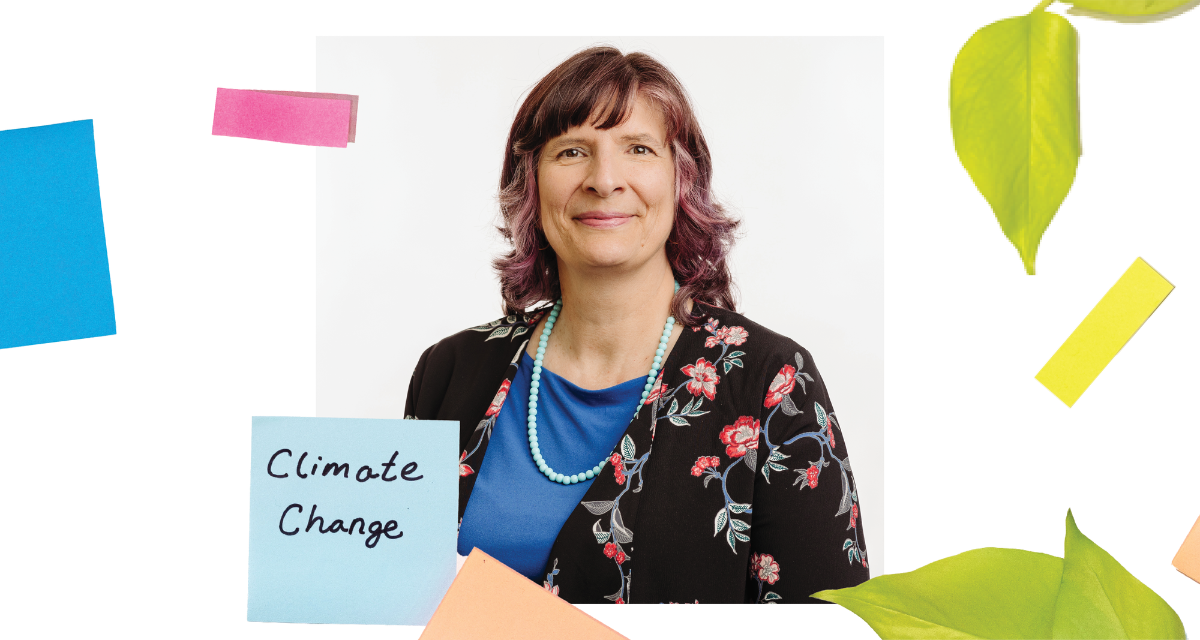What has faith to do with climate change science?
A version of this article by Dr. Dorothy Boorse ’87, professor of biology, originally appeared in the spring 2023 issue of STILLPOINT magazine.
The massive fires in California and other Western states during the 2019–2022 fire seasons offer a stark reminder that the region is in a megadrought not seen since 800 CE. Meanwhile, a close family member of mine recently moved to Tampa, Florida, just a month before Hurricane Ian pummeled its Gulf of Mexico coast. One risk-multiplier for such extreme events is a change in atmospheric composition due to greenhouse gas (GHG) emissions, mostly from the burning of fossil fuels. The Western North American drought is worsened by climate change because increased global temperatures generally make wet places wetter and dry places drier. Hurricanes are stronger when ocean water is warmer and sea levels high, both of which occur when the atmosphere and ocean are warmed.
I was recently lead author on the second edition of Loving the Least of These: Addressing a Changing Environment, a 2022 report by the National Association of Evangelicals (NAE) with collaborators World Relief and the Evangelical Environmental Network. I was joined by numerous advisors, reviewers and other writing contributors as we attempted to put a human face on people affected by climate change. We hope to introduce American evangelical readers to the changes in our world that affect all of us, particularly those who lack resources and future generations. Since the report’s first edition, published by the NAE in 2011, more scientific research has supported the concern that an increase of energy-trapping gasses in the atmosphere as a result of human activities alters our climate on a global scale.
The stories of fellow believers around the world remind us that Christians are one Body. People leaving their low-lying island homes or their drought-stricken farms because climate change is occurring—they are beloved of God. Those who are not believers also need us to show the love of Christ, not only through words but also through our efforts to protect them from preventable harms.
Christian relief and development organizations have been making that link between faith and climate action for decades. They see that field and construction workers struggle in extreme heat, mountain villagers seek water from melting glaciers, and Arctic dwellers respond to the loss of land stability and marine life. Urban dwellers, particularly minorities and the poor, are affected by heat waves, which worsen asthma and heart disease. Our faith calls us to care for all of these as for ourselves.
My science training at a Christian liberal arts school gave me broad expertise in environmental science, a lifelong passion to relate my science to other fields in order to face interdisciplinary challenges, and an integration of my faith into everything I do and learn. As I teach, I encourage people to do what they can to solve climate change, with personal decisions such as eating less meat, being more resource-efficient, voting for systems that make energy use more efficient, caring for the most vulnerable, making your church facility more sustainable and joining a group such as any of those involved in the report. It is an honor to work alongside others to promote the Kingdom of God by furthering justice for the marginalized and prevention of further climate disruption.
 The Bell
The Bell